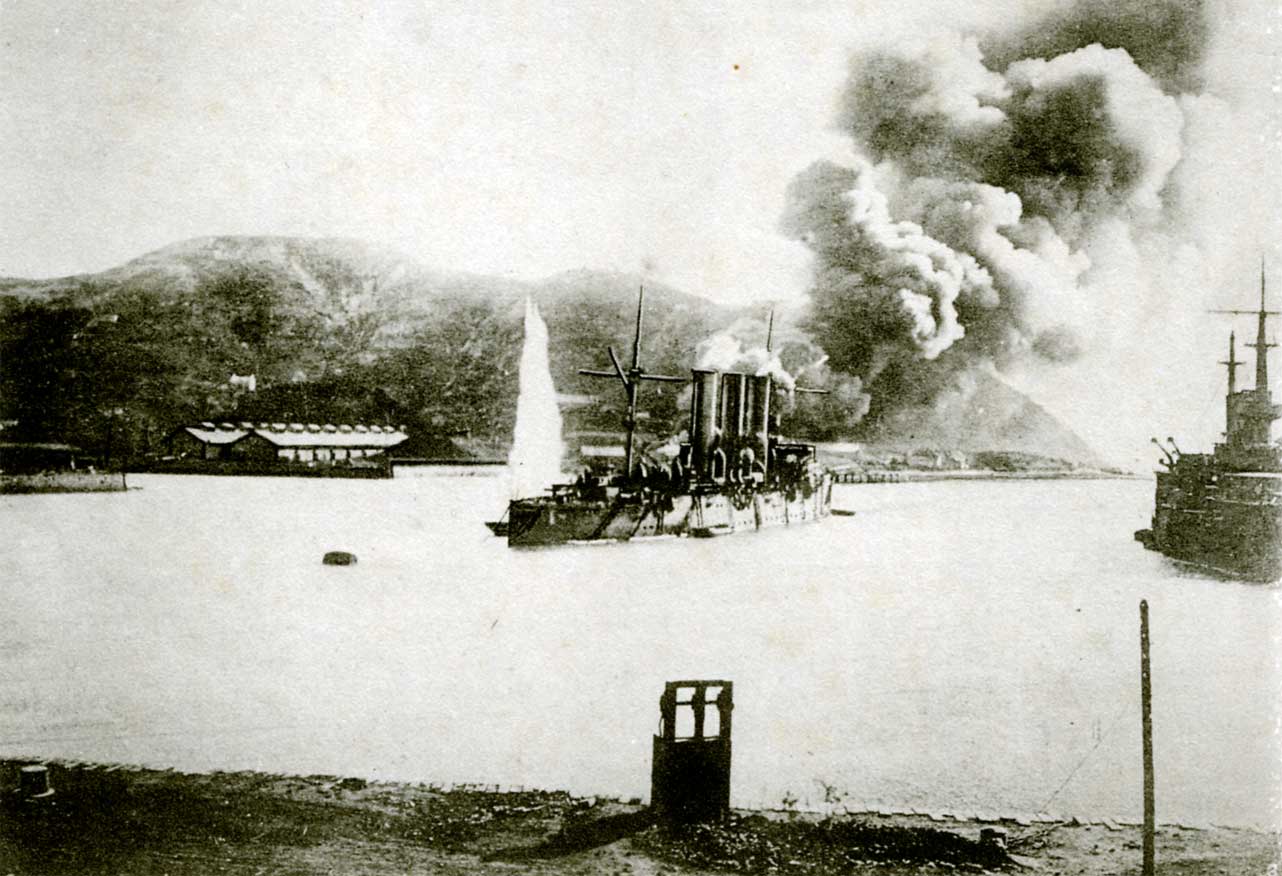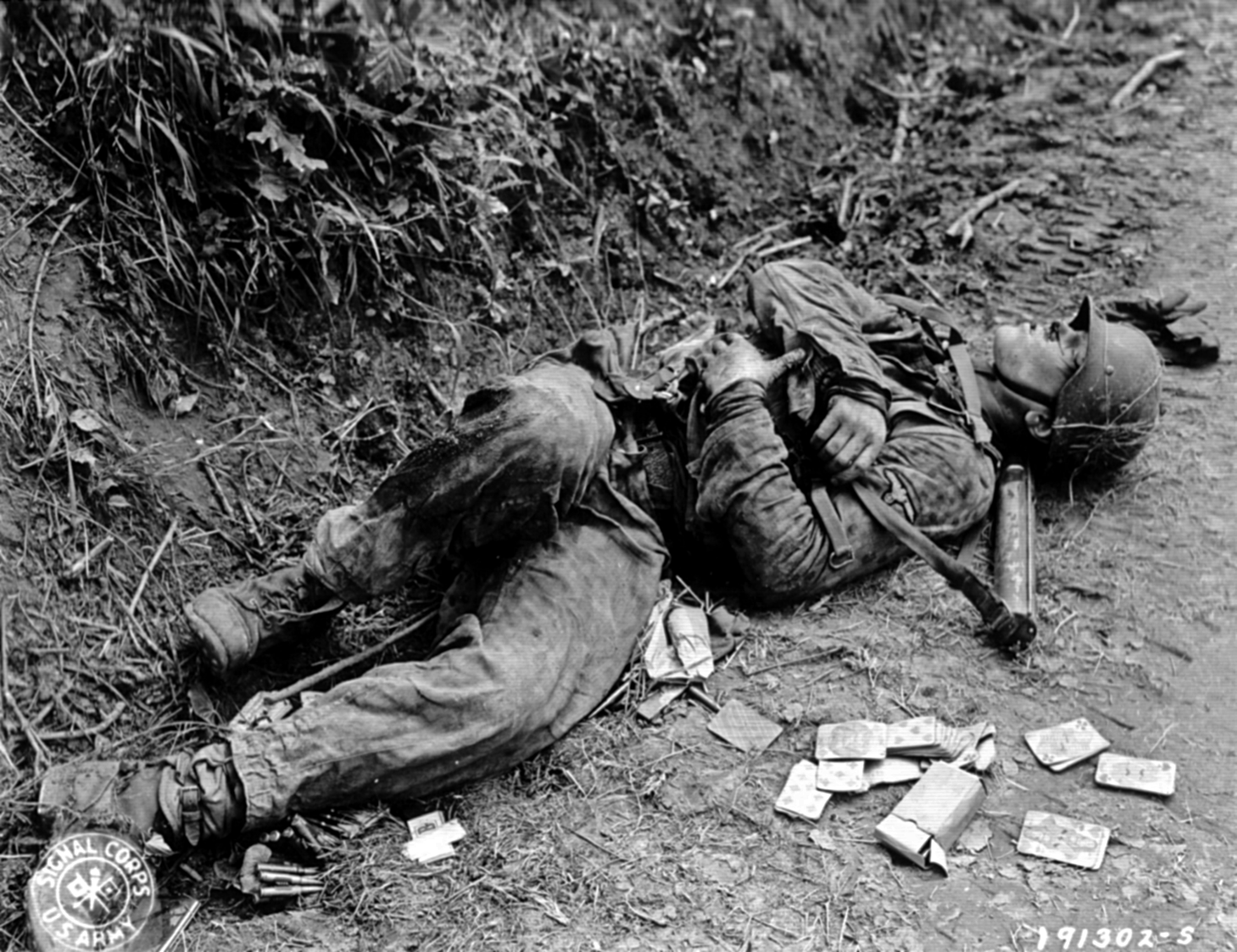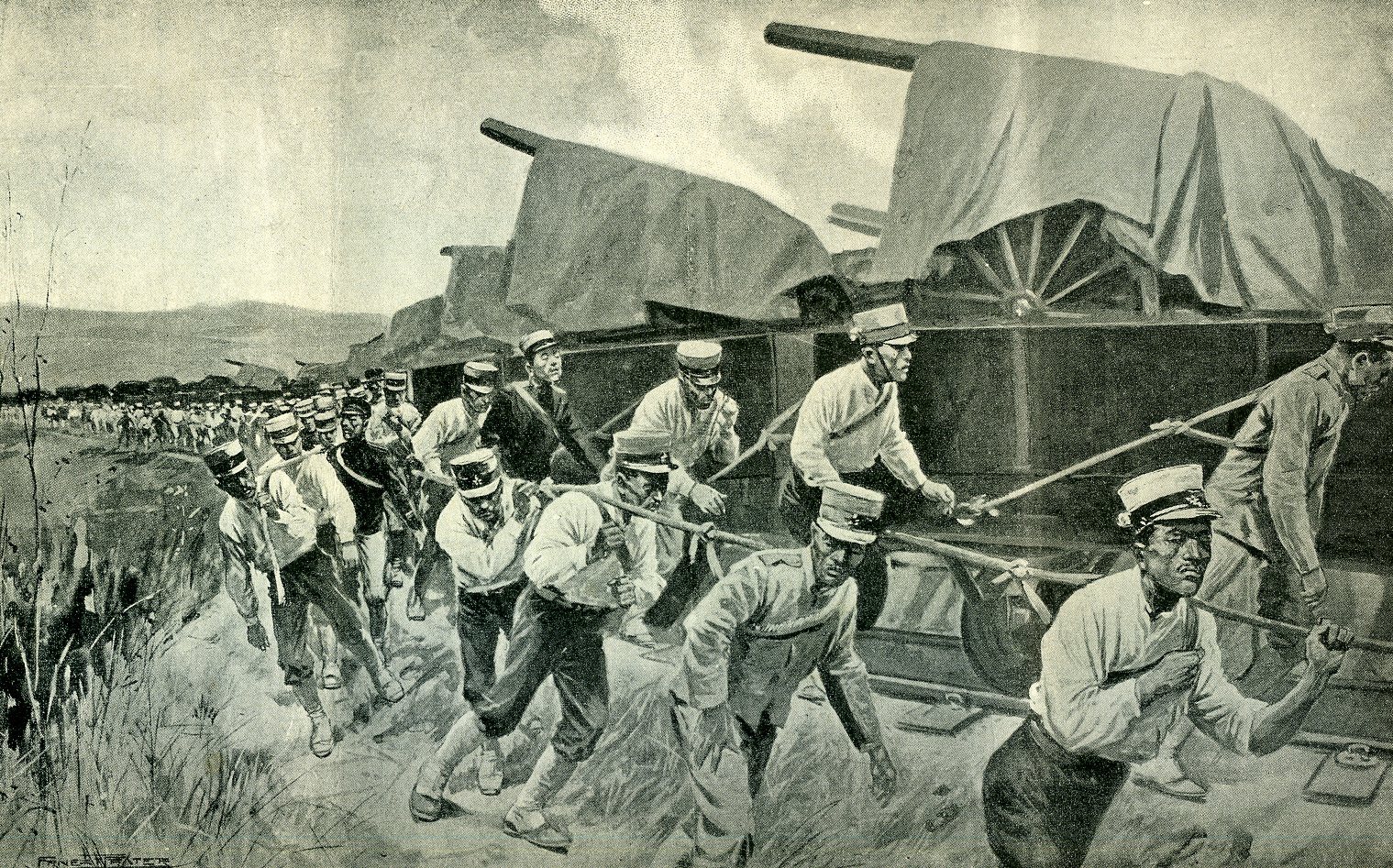|
Battle Of Hsimucheng
The Battle of Hsimucheng ( ja, 析木城の戦い, Sekijō-no-tatakai; russian: Бой у Симучена) was a minor land engagement of the Russo-Japanese War. It was fought on 31 July 1904 near Hsimucheng, a hamlet in today's Ximu Town (析木镇) about southeast of the strategic junction town of Haicheng, on the main road connecting Haicheng with the coast between elements of the Imperial Japanese Army and the Imperial Russian Army. Background The Japanese 5th and 10th Divisions under the command of General Nozu Michitsura's 4th Army as well as a detachment from the 2nd Army were advancing north towards Liaoyang. This advance was opposed by the Imperial Russian Second Siberian Army Corps under the command of Lieutenant General Mikhail Zasulich, supported by cavalry units under the command of Lieutenant General Pavel Mishchenko.Kowner, ''Historical Dictionary of the Russo-Japanese War'', p. 151. Prelude Following its defeat at the Battle of Tashihchiao, the 2 ... [...More Info...] [...Related Items...] OR: [Wikipedia] [Google] [Baidu] |
Russo-Japanese War
The Russo-Japanese War ( ja, 日露戦争, Nichiro sensō, Japanese-Russian War; russian: Ру́сско-япóнская войнá, Rússko-yapónskaya voyná) was fought between the Empire of Japan and the Russian Empire during 1904 and 1905 over rival imperial ambitions in Manchuria and the Korean Empire. The major theatres of military operations were located in Liaodong Peninsula and Mukden in Southern Manchuria, and the Yellow Sea and the Sea of Japan. Russia sought a warm-water port on the Pacific Ocean both for its navy and for maritime trade. Vladivostok remained ice-free and operational only during the summer; Port Arthur, a naval base in Liaodong Province leased to Russia by the Qing dynasty of China from 1897, was operational year round. Russia had pursued an expansionist policy east of the Urals, in Siberia and the Far East, since the reign of Ivan the Terrible in the 16th century. Since the end of the First Sino-Japanese War in 1895, Japan had feared Russian en ... [...More Info...] [...Related Items...] OR: [Wikipedia] [Google] [Baidu] |
Second Army (Japan)
The was an army of the Imperial Japanese Army. It was raised and demobilized on four occasions. History The Japanese 2nd Army was initially raised during the First Sino-Japanese War from September 27, 1894, to May 14, 1895, under the command of General Ōyama Iwao. It was revived for the Russo-Japanese War from March 6, 1904, to January 2, 1906, under the command of General Oku Yasukata. It fought in most of the major campaigns of the war, including the Battle of Nanshan, Battle of Te-li-Ssu, Battle of Tashihchiao, Battle of Shaho, Battle of Liaoyang, Battle of Sandepu, and Battle of Mukden. The Japanese 2nd Army was raised again on August 23, 1937, and placed under the command of the Japanese Northern China Area Army as reinforcement to Japanese forces in China following the Marco Polo Bridge Incident. The 2nd Army participated in the North China Incident, Tianjin–Pukou Railway Operation, Battle of Xuzhou and Battle of Taierzhuang before being demobilized on Decembe ... [...More Info...] [...Related Items...] OR: [Wikipedia] [Google] [Baidu] |
1904 In Japan
Events in the year 1904 in Japan. Incumbents *Emperor: Emperor Meiji *Prime Minister: Katsura Tarō Governors * Aichi Prefecture: Masaaki Nomura *Akita Prefecture: Ichiro Tsubaki then Oka Kishichiro Itami *Aomori Prefecture: Ichiji Yamanouchi then Katsutaro Inuzuka then Shotaro Nishizawa *Ehime Prefecture: Tai Neijro then Makoto Sugai then Kensuke Ando *Fukui Prefecture: Suke Sakamoto *Fukushima Prefecture: Arita Yoshisuke *Gifu Prefecture: Kawaji Toshikyo *Gunma Prefecture: Yoshimi Teru * Hiroshima Prefecture: Tokuhisa Tsunenori then Yamada Haruzo *Ibaraki Prefecture: Teru Terahara *Iwate Prefecture: Ganri Hojo then Sokkichi Oshikawa *Kagawa Prefecture: Motohiro Onoda *Kochi Prefecture: Munakata Tadashi *Kumamoto Prefecture: Egi Kazuyuki * Kyoto Prefecture: Baron Shoichi Omori *Mie Prefecture: Kamon Furusha then Lord Arimitsu Hideyoshi * Miyagi Prefecture: Terumi Tanabe *Miyazaki Prefecture: Toda Tsunetaro * Nagano Prefecture: Seki Kiyohide *Niigata Prefectur ... [...More Info...] [...Related Items...] OR: [Wikipedia] [Google] [Baidu] |
Military History Of Manchuria
A military, also known collectively as armed forces, is a heavily armed, highly organized force primarily intended for warfare. It is typically authorized and maintained by a sovereign state, with its members identifiable by their distinct military uniform. It may consist of one or more military branches such as an army, navy, air force, space force, marines, or coast guard. The main task of the military is usually defined as defence of the state and its interests against external armed threats. In broad usage, the terms ''armed forces'' and ''military'' are often treated as synonymous, although in technical usage a distinction is sometimes made in which a country's armed forces may include both its military and other paramilitary forces. There are various forms of irregular military forces, not belonging to a recognized state; though they share many attributes with regular military forces, they are less often referred to as simply ''military''. A nation's military may ... [...More Info...] [...Related Items...] OR: [Wikipedia] [Google] [Baidu] |
Battles Of The Russo-Japanese War
The following are known battles of the Russo-Japanese War, including all major engagements. The Russo-Japanese War lasted from 1904 until 1905. The conflict grew out of the rival imperialist ambitions of the Russian Empire and the Japanese Empire over Manchuria and Korea. The major theatres of operations were Southern Manchuria, specifically the area around the Liaodong Peninsula and Mukden, and the seas around Korea, Japan, and the Yellow Sea. The Russians were in constant pursuit of a warm-water port on the Pacific Ocean, for their navy as well as for maritime trade. The recently established Pacific seaport of Vladivostok was the only active Russian port that was reasonably operational during the summer season; but Port Arthur would be operational all year. Negotiations between the Tsar's government and Japan between the end of the First Sino-Japanese War and 1903 had proved futile. The Japanese chose war to maintain exclusive dominance in Korea. The resulting campaigns, ... [...More Info...] [...Related Items...] OR: [Wikipedia] [Google] [Baidu] |
Casualties
A casualty, as a term in military usage, is a person in military service, combatant or non-combatant, who becomes unavailable for duty due to any of several circumstances, including death, injury, illness, capture or desertion. In civilian usage, a casualty is a person who is killed, wounded or incapacitated by some event; the term is usually used to describe multiple deaths and injuries due to violent incidents or disasters. It is sometimes misunderstood to mean " fatalities", but non-fatal injuries are also casualties. Military usage In military usage, a ' is a person in service killed in action, killed by disease, diseased, disabled by injuries, disabled by psychological trauma, captured, deserted, or missing, but not someone who sustains injuries which do not prevent them from fighting. Any casualty is no longer available for the immediate battle or campaign, the major consideration in combat; the number of casualties is simply the number of members of a unit who are not ... [...More Info...] [...Related Items...] OR: [Wikipedia] [Google] [Baidu] |
Alexei Kuropatkin
Aleksey Nikolayevich Kuropatkin (russian: Алексе́й Никола́евич Куропа́ткин; March 29, 1848January 16, 1925) served as the Russian Imperial Minister of War from January 1898 to February 1904 and as a field commander subsequently. Historians often hold him responsible for major Russian defeats in the Russo-Japanese War of 1904 to 1905, most notably at the Battle of Mukden (1905) and at the Battle of Liaoyang (August-September 1904). Biography Early years Kuropatkin was born in 1848 in Kholmsky Uyezd, Pskov Governorate, in the Russian Empire. His father, a retired army captain, came from landed gentry. Educated in the Cadet Corps and Pavlovsky Military School, Kuropatkin entered the Imperial Russian Army in 1864. On August 8, 1866, he was promoted to lieutenant in the 1st Turkestan Infantry Battalion, and took part in the conquest of Bukhara, the storming of Samarkand and other battles in the Russian conquest of Turkestan. He was promoted to m ... [...More Info...] [...Related Items...] OR: [Wikipedia] [Google] [Baidu] |
Oku Yasukata
Count was a Japanese field marshal and leading figure in the early Imperial Japanese Army. Biography Early life Born in Kokura (in present-day Kitakyūshū) to a ''samurai'' family of the Kokura Domain in Buzen Province, Oku joined the military forces of the nearby Chōshū Domain during the First and Second Chōshū expeditions and the Boshin War in their struggle to overthrow the Tokugawa shogunate and bring about the Meiji Restoration. Military career Appointed a commander of the new Imperial Japanese Army, Oku fought against the disgruntled samurai insurgents during the Saga Rebellion of 1871. He was later a survivor of the Taiwan Expedition of 1874. During the Satsuma Rebellion, he defended Kumamoto Castle during its siege as commander of the 13th Infantry Regiment. During the First Sino-Japanese War Oku succeeded General Nozu Michitsura commander of the IJA Fifth Division of the IJA First Army. Later, he successively held posts as commander of the Imperial Guards and ... [...More Info...] [...Related Items...] OR: [Wikipedia] [Google] [Baidu] |
3rd Division (Imperial Japanese Army)
The was an infantry division in the Imperial Japanese Army. Its call sign was the . History The 3rd Division was formed in Nagoya in January 1871 as the , one of six regional commands created in the fledgling Imperial Japanese Army. The Nagoya Garrison had responsibility for the central region of Japan. This region was known as the Chūbu district, and stretched from Aichi Prefecture to Ishikawa Prefecture. Upon the recommendations of the Prussian military advisor Jakob Meckel to the Japanese government, the six regional commands were transformed into divisions under the army reorganization of 14 May 1888. As one of the oldest divisions in the Imperial Japanese Army, the 3rd Division participated in combat operations during the First Sino-Japanese War, the Russo-Japanese War, the Siberian Intervention, and the Shandong Incident. Some of its more noteworthy commanders included Katsura Taro, Hasegawa Yoshimichi, Uehara Yusaku and Nobuyoshi Muto. 9 December 1938, the 3rd Divi ... [...More Info...] [...Related Items...] OR: [Wikipedia] [Google] [Baidu] |
Battle Of Tashihchiao
The was a land engagement fought on 24–25 July 1904, during the Imperial Japanese Army's advance toward Liaoyang in first stage of the Russo-Japanese War. Tashihchiao (modern Dashiqiao) is located about southwest of the city of Haicheng, in present-day Liaoning Province, China. The town of Tashihchiao was of strategic importance in the Russo-Japanese War, as it was a railroad junction between the main line on the Russian South Manchurian Railway and a spur which led to the old treaty port of Yingkou (Newchwang). Control of both was essential for further advances by Japanese forces towards Liaoyang and Mukden. Preparations by the Japanese On the Japanese side were the 3rd, 4th, 5th and 6th Divisions of the Japanese Second Army under General Oku Yasukata. The combined force had over 64,000 men, including 46,000 infantry, and 252 guns. After the victory at the Battle of Telissu, General Oku rested for four days for re-supply, which was delayed due to heavy rains, and to ... [...More Info...] [...Related Items...] OR: [Wikipedia] [Google] [Baidu] |
Pavel Mishchenko
Pavel Ivanovich Mishchenko (russian: Па́вел Ива́нович Ми́щенко; Pavlo Ivanovych Mishchenko; 22 January 1853 - 1918 ) was an Imperial Russian career military officer and statesman of the Imperial Russian Army. Biography Mishchenko was born in 1853 in the Russian fortress settlement of Temir-Khan-Shura in the Dagestan Oblast of the Caucasus Viceroyalty. He graduated in 1871 from Pavlovsk Military School as an officer in the artillery, and was assigned to the 38th Artillery Brigade. He participated in the Russian conquest of Khiva in 1873. He subsequently participated in the Russo-Turkish War (1877-1878) and the conquest of Turkmenistan under General Mikhail Skobelev. From 1899, Mischchenko was assigned to Russian-occupied Manchuria as assistant chief of security for the East Chinese Railway. He fought during the Boxer Rebellion, and afterwards was promoted to major general and decorated with the Order of St. George (4th degree). From 1903, Mischchenko ... [...More Info...] [...Related Items...] OR: [Wikipedia] [Google] [Baidu] |
2nd Siberian Army Corps
The 2nd Siberian Army Corps was an Army corps in the Imperial Russian Army. Composition 1905: *6th Siberian Rifle Division *8th Siberian Rifle Division 1914: * 4th Siberian Rifle Division * 5th Siberian Rifle Division Part of * 1st Manchurian Army: 1904-1906 * 10th Army: 1914 * 12th Army: 1914, 1915 - 1916, 1916 - 1917 * 3rd Army: 1915 * 2nd Army: 1916 * 5th Army: 1916 * 1st Army: 1916 Commanders *1900-1901: Alexander Kaulbars *1901-1902: Georgii Stackelberg *1903-1906: Mikhail Zasulich *1906-1908: Vladimir Vasilyevich Smirnov *June-October 1915: Radko Dimitriev Radko Dimitriev ( bg, Радко Димитриев) (24 September 1859 in Gradets, Sliven Province, Gradets – 18 October 1918 near Pyatigorsk) was a Bulgarians, Bulgarian general, Chief of the Defence (Bulgaria), Head of the General Staff ... References {{Reflist, , refs= Corps of the Russian Empire ... [...More Info...] [...Related Items...] OR: [Wikipedia] [Google] [Baidu] |




